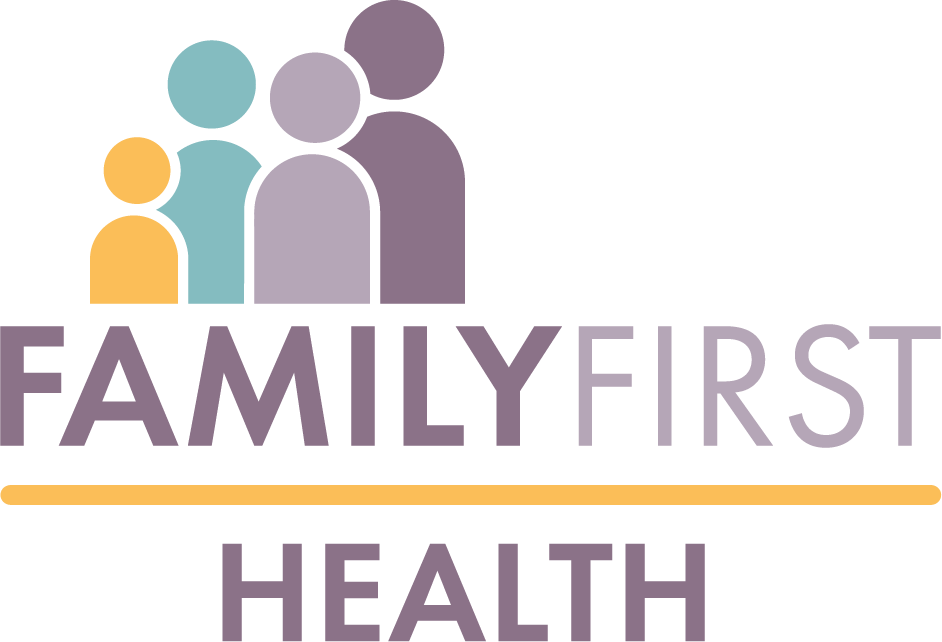In our last blog post, we introduced the topic of the business of dentistry and the five areas we focus on to develop our business skills: budget, support staff, provider buy-in, revenue and the difference between being busy and productive. Over the next several posts, we’ll cover each topic in more detail.
First up? Busy vs. productive.
Busy is a word often used in dentistry, and it can be synonymous with working hard. Or, it can reflect full schedules with lots of unguided activity. In fact, being “busy” in a practice can be a desperate situation if the practice is not generating adequate revenue.
In our world, busy and productive have different definitions. Busy is working hard in a way that is not connected to the fiscal health of the practice. Productive is meeting the needs of all interested parties while generating adequate revenue.
It can be difficult to know the difference. To be productive you have to understand your patient demographics, the skillsets of your providers, practice overhead and how much revenue is generated by each procedure. Once leadership understands the variables that shape your practice, you can use them to set a productivity goal.
Acting with a productivity goal as a guide will help to create harmony in your practice: Staff feel as if they can manage their work load, patients’ needs are being met and providers are providing reliable care — all while the practice is generating enough revenue to cover its expenses and produce a surplus to allow for long-term planning.
How do you become productive? View the dentistry your practice produces through a different lens.
- How long do procedures take in your practice?
- What time of day do you and your patients prefer to have procedures done?
- Is the practiced staffed at the same level throughout the day?
- Do you have enough equipment to have multiple providers complete the same procedures at the same time?
- What procedures are your providers good at?
Once these questions are answered, the practice can began the journey toward productivity. Start by reviewing the monthly budget to determine how much money the practice must generate to cover its costs. Decide how many days you have to achieve that goal, then set each day’s productivity goal accordingly.
Once you have an idea of how productive your practice needs to be, decide your procedure mix for the day based on revenue potential for each procedure, demand for procedures and the skillset of your providers. Create a template of ideal day scheduling, and direct your front desk to schedule appropriately.
At Family First Health, our goal for our dental practice is to have the day’s productivity goals met before lunch and the month’s productivity goal achieved in the first half of the month.
We’re an ambitious crew!
Stay tuned for upcoming posts as we dive into budget, support staff, provider buy-in and revenue.
